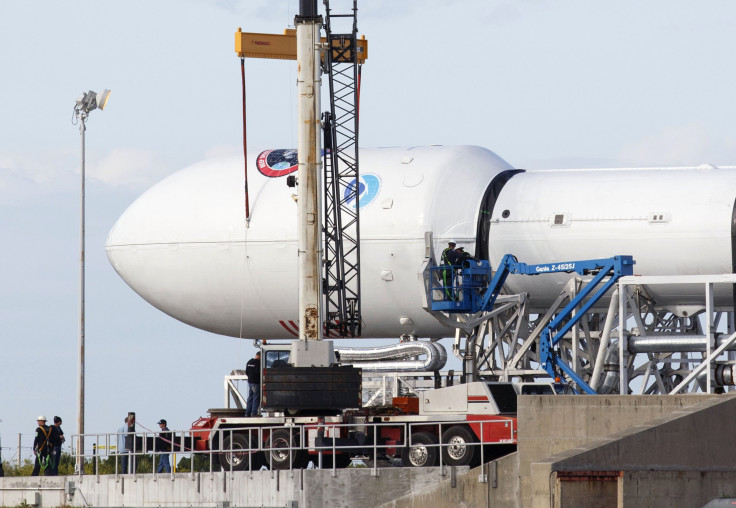SpaceX Dragon mission to send two private individuals around the moon

Space X founder Elon Musk announced on Monday that the company planned a private trip around the moon and back to the Earth in 2018. Musk said that two individuals approached the space technology and exploration company expressing their interest in the mission. The company revealed that the private citisens has paid a significant deposit for the moon mission but no amount was disclosed.
Musk did not reveal the identity of the two individuals as they requested to remain anonymous and the mission's flight teams were not yet revealed. They would undergo health and fitness tests along with initial training.
The individuals would spend a week-long cruise and they would fly past the surface of the moon. However, they would not land on the moon. Instead, they would continue outward to avoid the gravity that would turn the spacecraft around. As they move towards the outward direction, they would be headed back to Earth. The privately crewed missions were encouraged by NASA and have helped the government to decrease its long-term cost and to increase its flight reliability.
As part of NASA’s Commercial Crew Program, SpaceX planned to send an unmanned Crew Dragon (Dragon Version 2) spacecraft to the International Space Station later in the year. Its automatic mode mission would be SpaceX's first demonstration mission. SpaceX was contracted by NASA to perform an average of four Dragon 2 missions to the International Space Station every year. The four missions included three carrying cargo and one carrying crew.
SpaceX's Crew Dragon was more powerful than the Falcon 9 workhorse. The Falcon 9 has the capacity to transport the Dragon spacecraft into orbit and safely transport the satellites. It was announced in 2011 that it would fly in 2013. However, it did not happen and its maiden flight would be scheduled on summer -- US season.
The Dragon was launched in 2012 as a free-flying spacecraft that would deliver both people and cargo to orbiting destinations. It was able to return safely back to Earth after its successful cargo delivery to the International Space Station.
The historic Pad 39A near Cape Canaveral would be the launch pad when the spacecraft would be lifted off. The Apollo program used the launch pad in its previous lunar missions. The new mission aimed to travel faster and further into the Solar System. It would give opportunities for humans to experience deep space travel after 45 years of space exploration. Since the last Apollo mission, there have been no astronauts that ventured beyond low-Earth orbit.





















